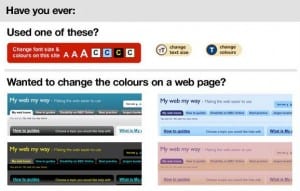I’m writing this because of a blog post I saw yesterday which claims to reveal social charity incomes e.g.
- Scope – 101 million pounds
- Mencap – 194 million pounds
- RNIB – 135 million pounds
- Leonard Cheshire – 155 million pounds
Unfortunately, this isn’t referenced. However, the Charity Commission for England and Wales reveals a total annual income of all registered main charities exceeding £26billion and that seems to be a lot of money. However, the real rationale for this post lies in the accompanying text. Still unreferenced but I know it echoes current research e.g. the Scope ComRes survey showing attitudes to ‘disabled’ people have deteriorated , and the recent report uncovering disability hate crime No Hiding Place. So although there are no sources, I’m quoting from the blog directly.
- There is a stigma associated with being labelled as ‘disabled’;
- Being labelled disabled can impact on your ability to get, and keep, a job;
- Being disabled is not seen in any way as a positive personal attribute by the wider society.
How do you read these statements? I think they contain a potential ambiguity which is damaging to the individuals concerned. The word disabled is described as being attached to the person by a label. You can label something without it necessarily being correct or appropriate, so this isn’t necessarily calling the person disabled, but what is missing is the next stage where the reader needs to be reminded we are disabled as much by a hostile environment and social attitudes as by our diversity or difference.
The Disability Rights Movement called for a Social Model of Disability to replace the existing Medical Model. They wanted to show how we are disabled by external barriers – in the built environment and in cultural attitudes and misconceptions – which fail to cater for a broad enough range of diversity and difference. This approach does not deny the reality of impairment – it is about calling for social change in order to reduce barriers to access and participation and a starting point is the language we use.
I know it sounds pedantic but there are key differences between the phrase ‘being disabled’ and ‘being disabled by society’. It’s an important distinction and one which needs to be kept in mind.
